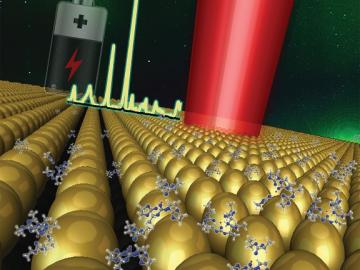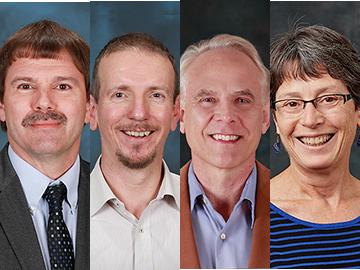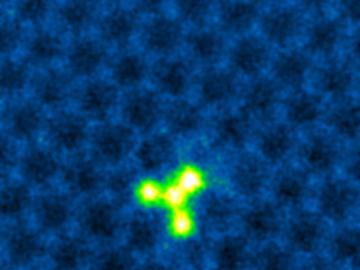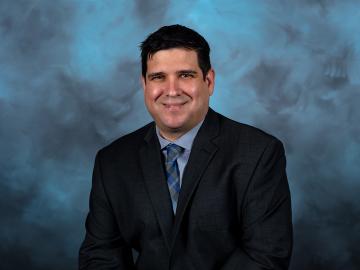Filter News
Area of Research
- (-) Materials (29)
- Advanced Manufacturing (1)
- Biological Systems (1)
- Biology and Environment (3)
- Building Technologies (2)
- Clean Energy (36)
- Climate and Environmental Systems (1)
- Fossil Energy (1)
- Fusion Energy (1)
- National Security (2)
- Neutron Science (15)
- Nuclear Science and Technology (8)
- Sensors and Controls (1)
- Supercomputing (13)
News Type
Media Contacts


By studying the inner workings of lithium-ion batteries, Oak Ridge National Laboratory researchers have developed a highly sensitive technique to characterize and measure at the electrolyte and electrode interface.

Four researchers at the Department of Energy’s Oak Ridge National Laboratory have been elected fellows of the American Association for the Advancement of Science (AAAS). The AAAS is the world’s largest multidisciplinary scientific society and publisher of the Sci...

Carbon fiber composites—lightweight and strong—are great structural materials for automobiles, aircraft and other transportation vehicles. They consist of a polymer matrix, such as epoxy, into which reinforcing carbon fibers have been embedded. Because of differences in the mecha...
Physicists turned to the “doubly magic” tin isotope Sn-132, colliding it with a target at Oak Ridge National Laboratory to assess its properties as it lost a neutron to become Sn-131.

Three researchers from the Department of Energy’s Oak Ridge National Laboratory have been elected fellows of the American Physical Society (APS). Fellows of the APS are recognized for their exceptional contributions to the physics enterprise in outstanding resear...


Lithium-ion batteries commonly used in consumer electronics are notorious for bursting into flame when damaged or improperly packaged. These incidents occasionally have grave consequences, including burns, house fires and at least one plane crash.

An Oak Ridge National Laboratory-led team used a scanning transmission electron microscope to selectively position single atoms below a crystal’s surface for the first time.

Orlando Rios, a researcher at the Department of Energy’s Oak Ridge National Laboratory, has been named a winner of a HENAAC Award, given by Great Minds in STEM, a nonprofit organization that focuses on STEM education awareness programs




